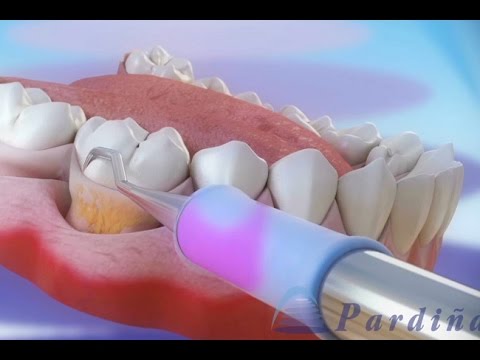Periodontal disease affects a significant portion of the population. It is a slow progressing but very destructive disease. Periodontal disease is silent and asymptomatic. This means that the disease progresses without the patient having any pain or discomfort. Most patients realize they have “Gum disease” after the extraction of a loose tooth.
In many cases the disease remains undiagnosed since there is usually no pain associated with periodontal disease. It is only in the final stages of the disease that pain and loosening of the tooth could occur. At this stage no treatment could be carried out except extraction of the tooth.
There is increasing evidence that the infection in the gums could affect the heart. Most cardiologists recommend that patients with heart disease maintain healthy gums and undergo thorough periodontal examination and treatment.
Periodontal treatment is relatively simple. It usually involves two to four sessions of thorough scaling and polishing of the teeth under local anesthesia. This is then followed by instructing the patient on special methods of cleaning the teeth to maintain the health of the tissue in future.
Non-surgical periodontal treatment does have its limitations. When it does not achieve periodontal health, surgery may be indicated to restore periodontal health. When determining the best course of treatment for your specific case, be sure to discuss the pros and cons of all available treatment options with your dental professional.
